BMW & Mercedes Offload Car Sharing Business

BMW and Mercedes-Benz are dumping ShareNow — their jointly managed car-sharing businesses — and Stellantis will reportedly become the recipient. Effectively a merger of BMW’s DriveNow and Mercedes’ (technically Daimler AG’s) slurry of similar services that were rolled into car2go, ShareNow’s individual components have spent the last decade trying to figure out which markets would embrace app-based, roadside rentals charging by the minute and which would reject it.
As with most ride-sharing firms, it took years of trial and error to learn how best to manage a decentralized fleet that’s still beholden to a single cooperate entity. Pricing also represented a challenge, with similar businesses initially trying to keep rates low to grow their user base before getting to the tricky business of finagling real profitability. However, this ultimately forced ShareNow to downsize in 2019, pulling out of the United States entirely to better prioritize Europe.
The company now limits itself to fifteen of the continent’s most densely packed cities, with management citing increased costs and competition the further it ventured from Western Europe. But this was exactly what Stellantis was looking for, according to Reuters:
Brigitte Courtehoux, who heads Stellantis’ mobility division Free2move, said the deal was part of the group’s plans to grow net revenue from that business to 700 million euros ($735 million) in 2025 and to 2.8 billion euros in 2030, up from 40 million euros last year.
“We will really accelerate in terms of revenue,” she said.
Stellantis will strengthen its mobility division Free2move via the deal, hoping a global push to cut emissions will also drive demand for car-sharing and open new profit streams.
Over the next decade, Stellantis intends to expand Free2move’s presence worldwide, growing it to 15 million active users.
It’s sort of a curious decision, considering the service it’s buying literally attempted the same thing and ended up downsizing to focus almost entirely on German cities and a handful of European metropolises beyond the borders of Deutschland. BMW and Mercedes’ joint operation is currently presumed to lose 200 million euros per year. But Stellantis believes it has a secret weapon in terms of product.
ShareNow presently offers a mix of smaller vehicles from BMW, Mini, Mercedes, and Smart that differs between regions. Free2move would gradually replace those with offerings from Jeep, Peugeot, and Fiat. Stellantis also wants to have entirely electrified fleets in Europe by 2030 and the U.S. by 2035.
“Maybe Stellantis, with its low financial investment and a leaner cost structure, can make more out of it,” Juergen Pieper, an analyst at Bankhaus Metzler, suggested.
Pieper has estimated that the transaction likely wouldn’t exceed $525 million and was likely closer to $262 million. However other outlets have cited the deal as being closer to $100 million.
[Image: Dutchmen Photography/Shutterstock]

A staunch consumer advocate tracking industry trends and regulation. Before joining TTAC, Matt spent a decade working for marketing and research firms based in NYC. Clients included several of the world’s largest automakers, global tire brands, and aftermarket part suppliers. Dissatisfied with the corporate world and resentful of having to wear suits everyday, he pivoted to writing about cars. Since then, that man has become an ardent supporter of the right-to-repair movement, been interviewed on the auto industry by national radio broadcasts, driven more rental cars than anyone ever should, participated in amateur rallying events, and received the requisite minimum training as sanctioned by the SCCA. Handy with a wrench, Matt grew up surrounded by Detroit auto workers and managed to get a pizza delivery job before he was legally eligible. He later found himself driving box trucks through Manhattan, guaranteeing future sympathy for actual truckers. He continues to conduct research pertaining to the automotive sector as an independent contractor and has since moved back to his native Michigan, closer to where the cars are born. A contrarian, Matt claims to prefer understeer — stating that front and all-wheel drive vehicles cater best to his driving style.
More by Matt Posky
Latest Car Reviews
Read moreLatest Product Reviews
Read moreRecent Comments
- Corey Lewis It's not competitive against others in the class, as my review discussed. https://www.thetruthaboutcars.com/cars/chevrolet/rental-review-the-2023-chevrolet-malibu-last-domestic-midsize-standing-44502760
- Turbo Is Black Magic My wife had one of these back in 06, did a ton of work to it… supercharger, full exhaust, full suspension.. it was a blast to drive even though it was still hilariously slow. Great for drive in nights, open the hatch fold the seats flat and just relax.Also this thing is a great example of how far we have come in crash safety even since just 2005… go look at these old crash tests now and I cringe at what a modern electric tank would do to this thing.
- MaintenanceCosts Whenever the topic of the xB comes up…Me: "The style is fun. The combination of the box shape and the aggressive detailing is very JDM."Wife: "Those are ghetto."Me: "They're smaller than a Corolla outside and have the space of a RAV4 inside."Wife: "Those are ghetto."Me: "They're kind of fun to drive with a stick."Wife: "Those are ghetto."It's one of a few cars (including its fellow box, the Ford Flex) on which we will just never see eye to eye.
- Oberkanone The alternative is a more expensive SUV. Yes, it will be missed.
- Ajla I did like this one.



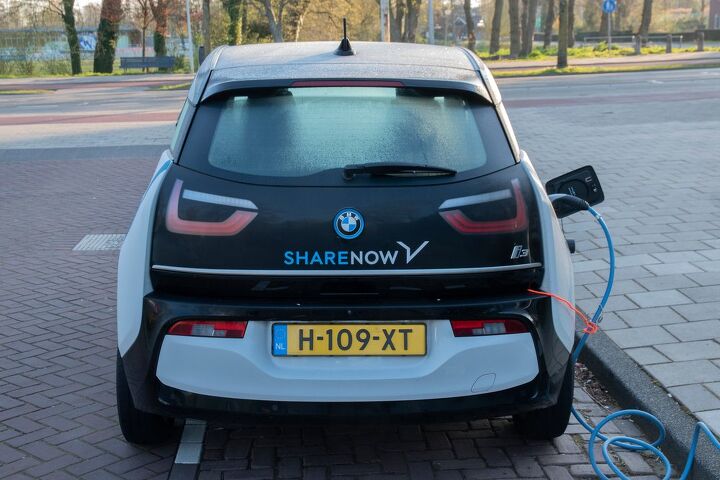













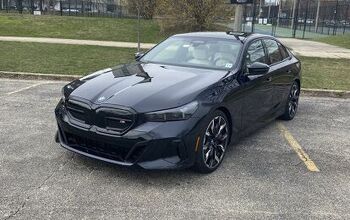


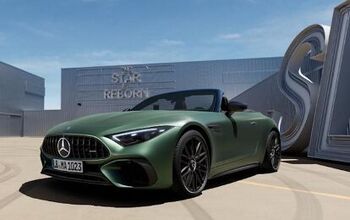
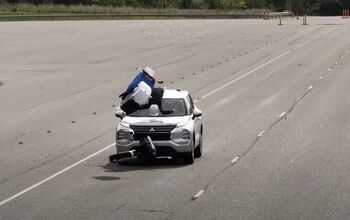
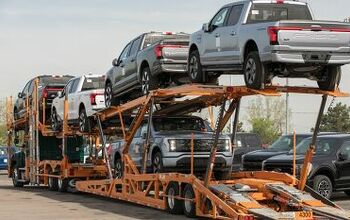
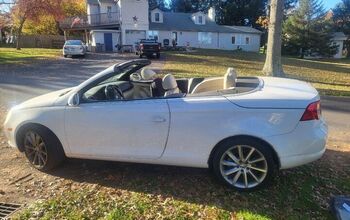
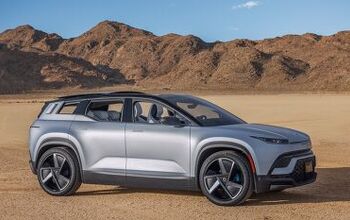
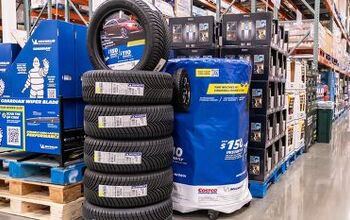
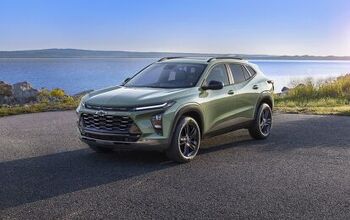
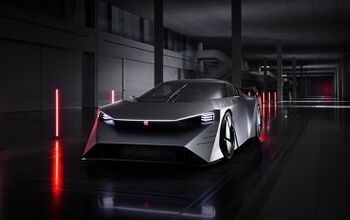
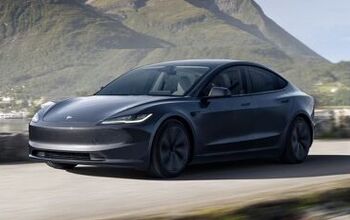


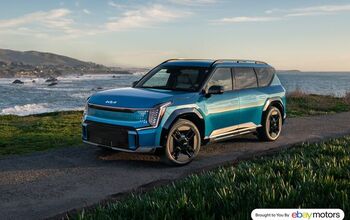
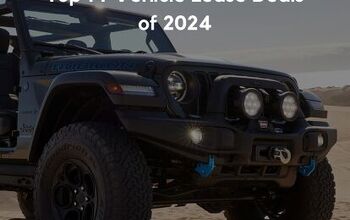
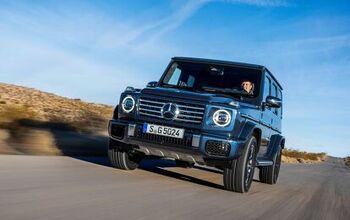
Comments
Join the conversation
Why would Stellantis invest in a failing service? There must be some sort of twisted incentive here. That, or they are nuts. There is evidence the ShareNow management was also addled. First, they abandoned gasoline and went electric. Then they went out of business in the U.S. and one of their excuses was... "limited infrastructure for supporting electric vehicles." Morons.
Where have I seen this management style before? Oddly reminiscent of the villains from Batman?